The 1970s were a golden era for music, when the Grammy Awards truly reflected the revolutionary sounds transforming our culture. Those Sunday nights spent gathered around television sets watching our musical heroes accept their golden gramophones became cherished memories etched in our collective consciousness. The Grammys of that era weren’t just award shows—they were cultural touchstones that captured the spirit of a decade marked by musical innovation, fashion statements, and unforgettable moments that still leave us in awe today.
1. Carole King’s 1972 Clean Sweep
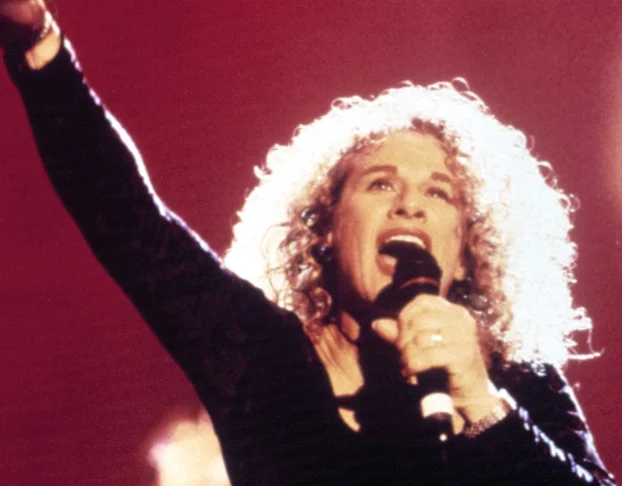
When Carole King took the stage at the 14th Grammy Awards in 1972, no one could have predicted she’d become the first woman to win Record of the Year, Album of the Year, and Song of the Year in the same night. Her album “Tapestry” connected with millions of Americans, speaking to our hearts with raw emotional honesty that felt like conversations with a close friend. The sight of King, with her curly hair and unassuming presence, accepting four major awards that night wasn’t just a victory for her—it was a powerful statement about women’s emerging voices in the music industry. Indeed, even GRAMMY has a retrospective celebrating the legacy of King specifically, over five decades later.
That evening transformed King from a respected songwriter into a cultural icon who embodied the introspective singer-songwriter movement of the early ’70s. The album went on to spend an astonishing 15 consecutive weeks at number one and remained on the Billboard charts for over six years. “Tapestry” became the soundtrack to countless lives during that era, with songs like “It’s Too Late” and “You’ve Got a Friend” playing in dorm rooms, family stations wagons, and quiet evenings at home across America.
2. Stevie Wonder’s Historic Three-Year Run (1974-1976)
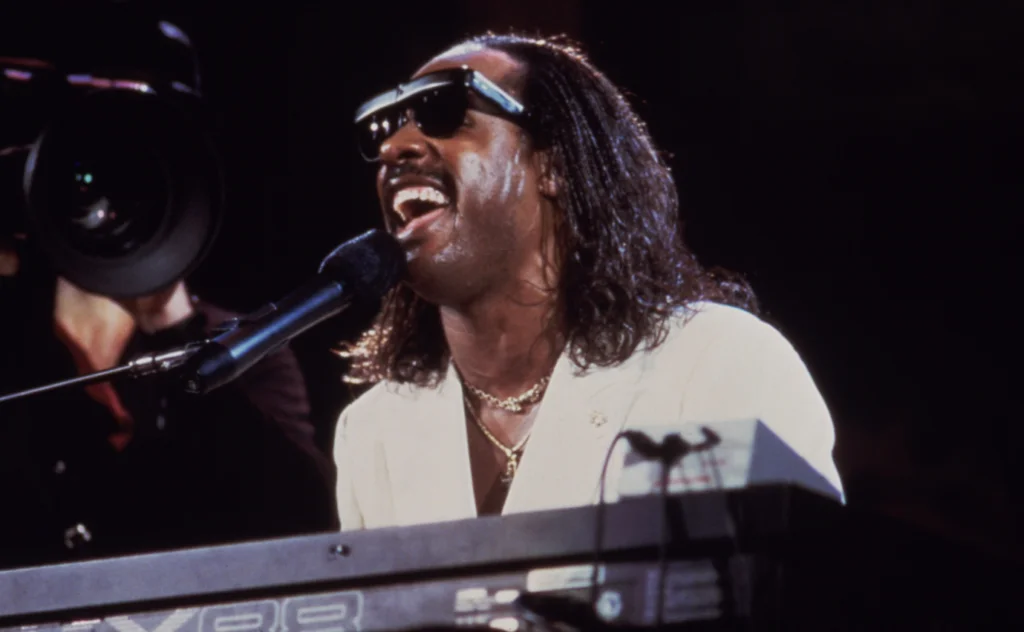
When Stevie Wonder won Album of the Year for “Innervisions” in 1974, it was an incredible achievement, but few could have guessed it was just the beginning of a historic Grammy streak. Wonder would go on to win Album of the Year for three consecutive years—”Innervisions” (1974), “Fulfillingness’ First Finale” (1975), and “Songs in the Key of Life” (1977)—a feat that remains unmatched nearly five decades later. His acceptance speeches, filled with genuine gratitude and social consciousness, showed us the heart behind the musical genius. to this day, as reported by Essence, Wonder is still receiving honors and recognitions for this work.
What made Wonder’s achievement even more remarkable was that these weren’t safe, commercial albums but boldly creative works that pushed musical boundaries while addressing social issues. Each album showcased his evolving artistry—from the socially conscious “Living for the City” to the joyful “Sir Duke”—while demonstrating his mastery of virtually every aspect of music production. Wonder’s Grammy dominance coincided with a period of incredible artistic growth that had us rushing to record stores with each new release, wondering how he could possibly top himself (yet somehow, he always did).
3. John Lennon’s Surprise Appearance (1975)
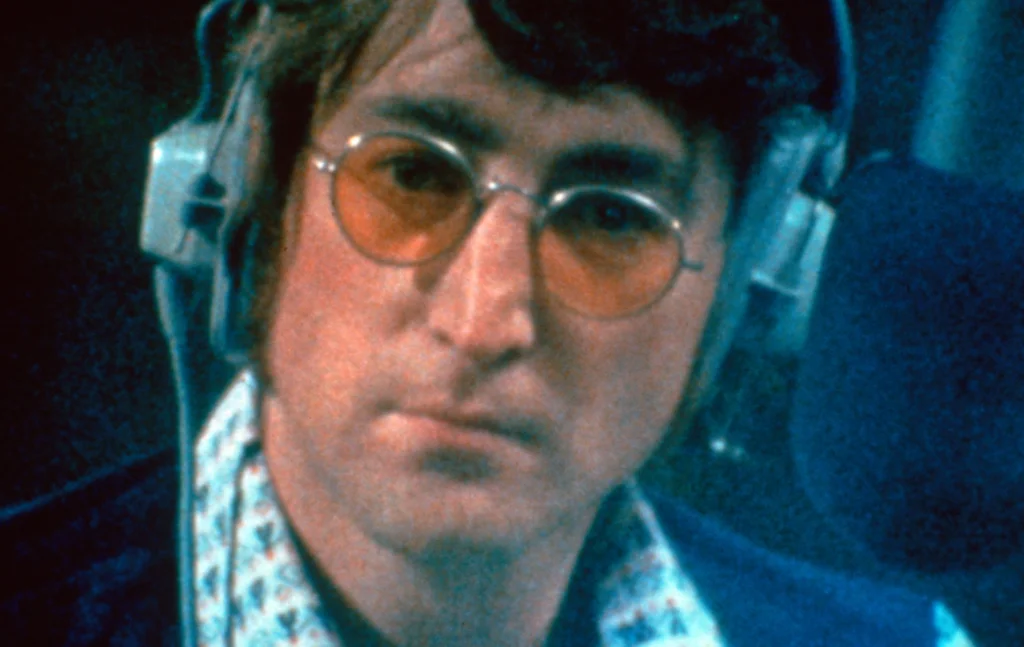
When Art Garfunkel took the stage at the 1975 ceremony, no one expected the former Beatle to suddenly appear alongside him as a presenter. John Lennon, dressed in his signature style with tinted glasses and long hair, generated a standing ovation that seemed to last forever as the audience realized they were witnessing a rare post-Beatles public appearance. His dry wit and characteristic humor came through as he bantered with Garfunkel, showing flashes of the charm that had helped make the Beatles the cultural phenomenon of the previous decade. Forbes recently reported on recognitions Lennon still receives at the Grammys.
This appearance came during Lennon’s infamous “Lost Weekend” period of separation from Yoko Ono, making it all the more poignant for those who followed his personal journey. The moment became even more significant in retrospect, as Lennon would largely retreat from public life shortly afterward to focus on family life with Yoko and their son Sean. For many viewers at home, this brief Grammy moment would be one of the last times they’d see Lennon on live television before his tragic passing in 1980, making it a bittersweet memory that’s been seared into our collective consciousness.
4. Debby Boone’s “Light Up” Moment (1978)
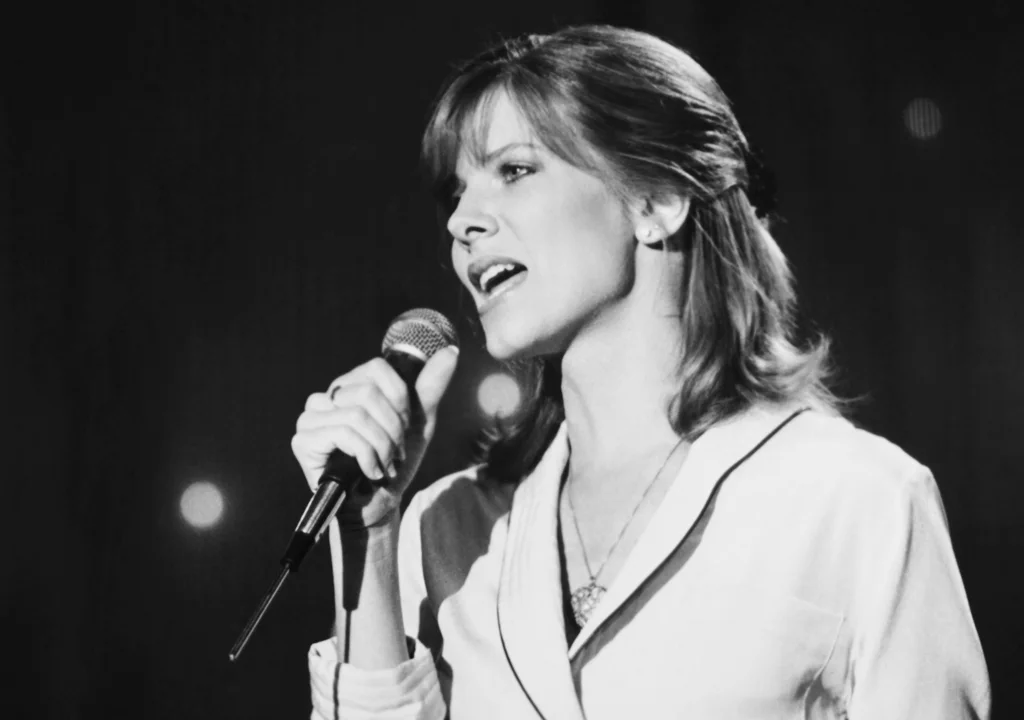
When Debby Boone took the stage to perform “You Light Up My Life” at the 1978 ceremony, few could have anticipated the cultural phenomenon the song would become. Her wholesome image and crystal-clear vocals offered a refreshing contrast to the disco and rock dominating the airwaves, connecting with millions of Americans looking for something more heartfelt. The performance catapulted her from being known primarily as Pat Boone’s daughter to becoming a household name in her own right, with the song spending an unprecedented 10 weeks at number one on the Billboard Hot 100. Hampton Arts assures listeners that, to this day, her work will still shine a light on the darkest days.
Later that evening, when Boone won Best New Artist, her genuine surprise and emotional acceptance speech created one of the most endearing moments in Grammy history. The song went on to win Song of the Year as well, cementing its place in American popular culture and becoming an anthem for romantics everywhere. Many of us can still recall exactly where we were when we first heard that soaring chorus, a testament to how deeply certain Grammy moments can embed themselves in our memories and become personal milestones.
5. The Bee Gees’ “Saturday Night Fever” Domination (1979)
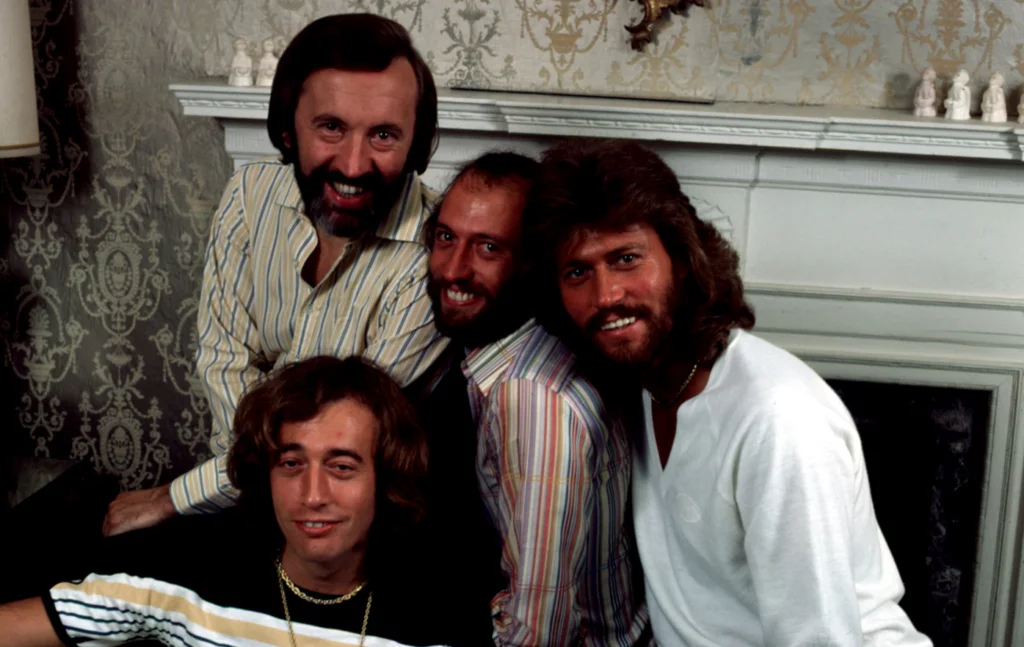
When the Bee Gees stepped onto the Grammy stage in 1979, they weren’t just accepting awards—they were representing the phenomenon that was “Saturday Night Fever.” The Brothers Gibb, with their distinctive harmonies and trend-setting hair, had successfully reinvented themselves from folk-pop crooners to disco kings. Their soundtrack contributions, including “Stayin’ Alive” and “How Deep Is Your Love,” became the defining songs of the disco era, playing in dance clubs and on radio stations across the country.
The Grammy telecast that year essentially functioned as a coronation of disco music’s mainstream acceptance, with the Bee Gees taking home multiple awards including Album of the Year for the soundtrack. The image of Barry, Robin, and Maurice in their white suits accepting their trophies became an iconic representation of the late ’70s zeitgeist. Many viewers at home found themselves dancing in their living rooms during the ceremony, proving that the Bee Gees had created music that didn’t just win awards—it got under your skin and into your soul.
6. Linda Ronstadt’s Genre-Defying Performance (1976)
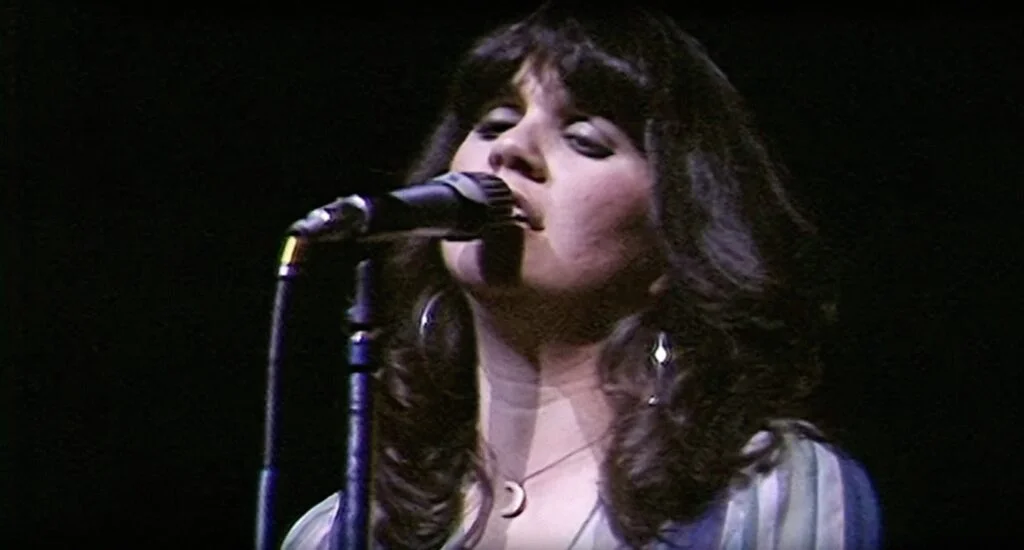
When Linda Ronstadt took the Grammy stage in 1976, she delivered a performance that showcased her remarkable ability to excel across musical genres. Ronstadt performed a medley that included rock, country, and traditional Mexican folk music, demonstrating a versatility that few artists of the era could match. Her powerful voice, which could shift from tender vulnerability to commanding strength within a single phrase, left the audience spellbound and the viewers at home reaching for their record players.
Though she didn’t take home the top prizes that night, Ronstadt’s performance cemented her status as one of the decade’s most respected vocalists. Her willingness to follow her musical instincts rather than chasing trends made her a role model for artists who wanted to forge their own paths. For many women watching at home, Ronstadt represented something powerful—a female artist who maintained complete control of her artistic choices while achieving commercial success on her own terms.
7. Fleetwood Mac’s “Rumours” Victory Lap (1978)
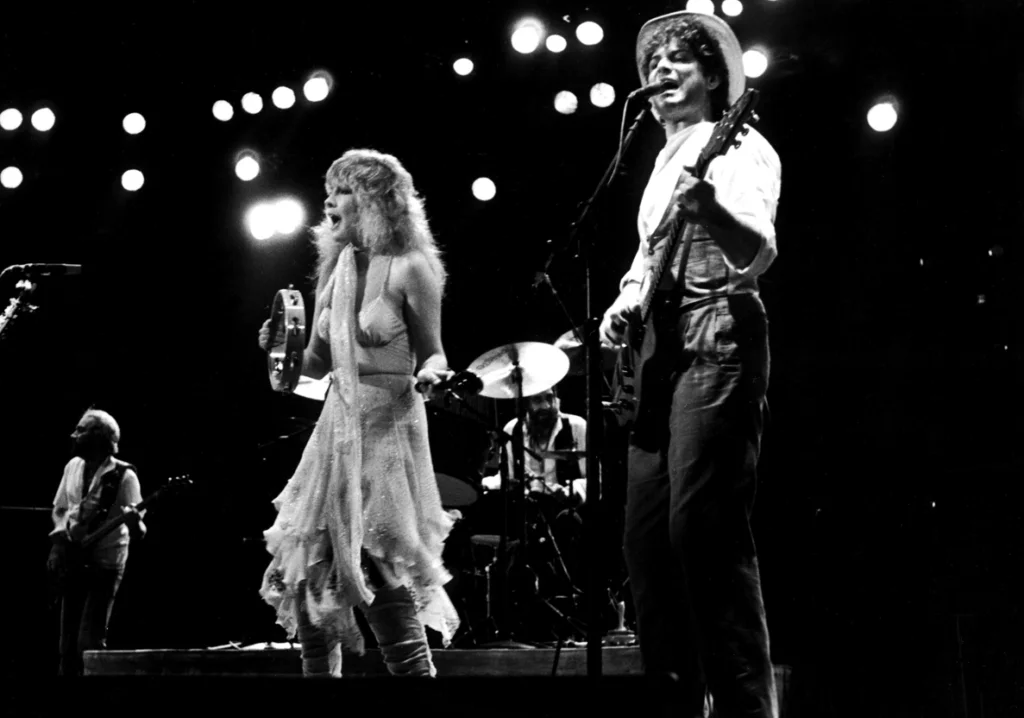
When Fleetwood Mac’s “Rumours” won Album of the Year at the 1978 ceremony, it wasn’t just a recognition of the album’s incredible commercial success—it acknowledged a work that had become the soundtrack to a generation. The band members, whose personal relationships had famously fractured during the album’s creation, stood together on stage in a moment that felt both triumphant and bittersweet. Viewers at home who had lived with these songs for months couldn’t help but feel emotionally invested in the band’s journey, making their Grammy win feel oddly personal.
What made the victory especially meaningful was how the album had connected with listeners on a deeper level through its raw emotional honesty. Songs like “Go Your Own Way” and “Dreams” weren’t just radio hits—they were anthems for anyone going through heartbreak or relationship challenges. The album had spent 31 weeks at number one and sold over 10 million copies by Grammy night, numbers that reflected not just popularity but cultural impact.
8. Paul Simon’s “Still Crazy After All These Years” Humor (1976)
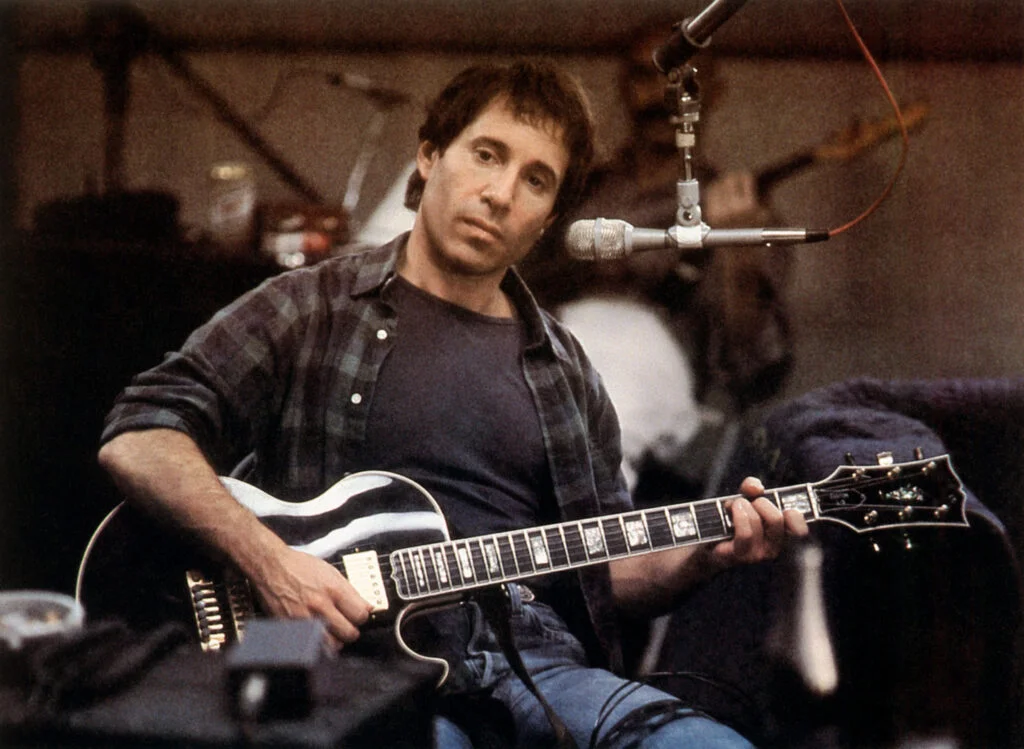
When Paul Simon accepted the Album of the Year Grammy for “Still Crazy After All These Years” in 1976, he created one of the ceremony’s most memorable acceptance speeches. Appearing in a turkey costume (leftover from a “Saturday Night Live” sketch), Simon perfectly deadpanned: “I was going to thank all the people who helped me make this album, but there’s too many people to thank, so I’m not going to thank anybody.” His self-deprecating humor and unexpected appearance brought a moment of levity to the often formal proceedings and showed a playful side to the thoughtful songwriter.
What many viewers didn’t realize was that this lighthearted moment came during a period of significant transition in Simon’s career as he navigated his post-Simon & Garfunkel identity. The turkey costume became a perfect metaphor for not taking oneself too seriously, even when receiving one of music’s highest honors. For fans watching at home, this moment humanized Simon and created the kind of unexpected Grammy moment that people would talk about at water coolers the next day.
9. Donna Summer’s “Last Dance” Breakthrough (1979)
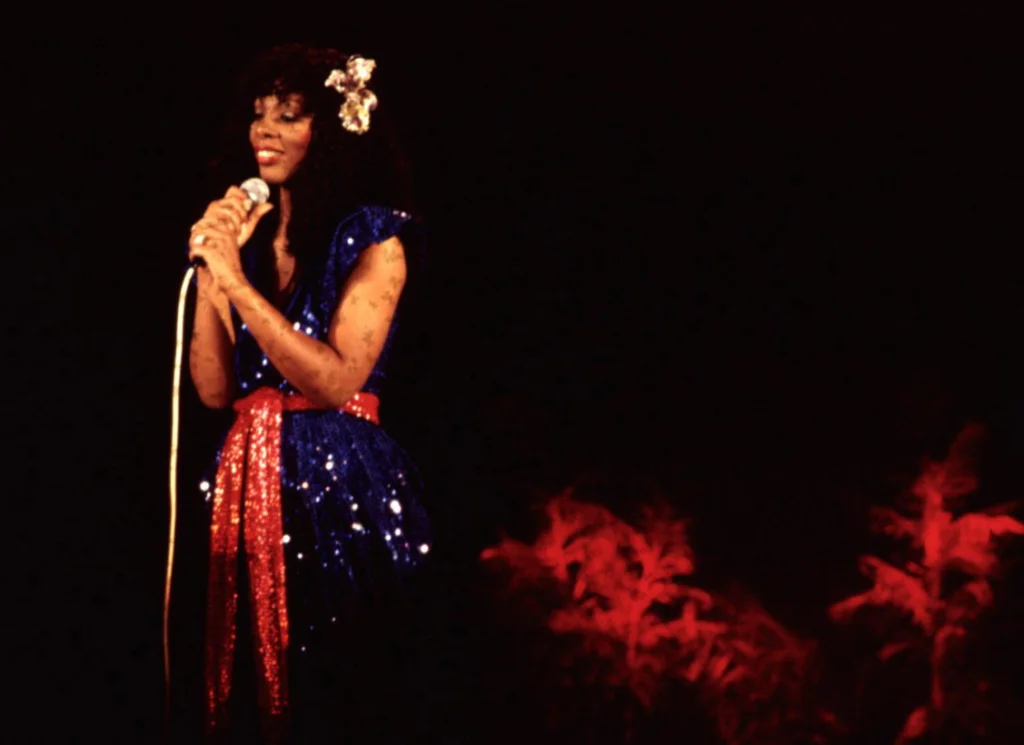
When Donna Summer won Best Female R&B Vocal Performance for “Last Dance” at the 1979 ceremony, it represented the Grammy recognition that disco’s reigning queen had long deserved. Summer’s performance that night showcased her extraordinary vocal range and stage presence, confirming what club-goers already knew—she was one of the most electrifying performers of the decade. Her sequined gown and confident demeanor embodied the glamour and liberation that disco represented for so many Americans looking to escape the economic and social challenges of the late ’70s.
The victory was especially meaningful because “Last Dance” had transcended the disco genre to become a pop culture touchstone that would be played at wedding receptions and school dances for decades to come. Summer’s Grammy moment helped legitimize disco at a time when the genre faced significant backlash from rock purists and critics. For the millions who found freedom on dance floors across America, seeing Summer recognized with music’s highest honor felt like a validation of their own cultural experiences.
10. Willie Nelson’s Country Crossover (1976)
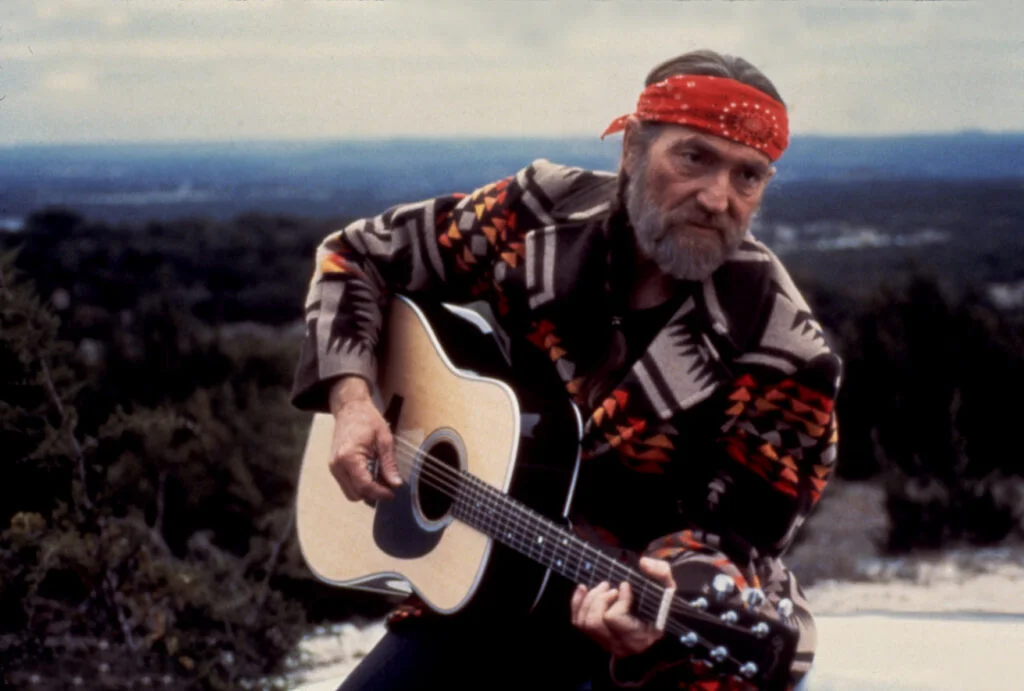
When Willie Nelson performed “Blue Eyes Crying in the Rain” at the 1976 ceremony, it marked a pivotal moment in bridging the gap between traditional country music and mainstream pop audiences. Nelson, with his distinctive vocal phrasing and iconic braided hair, presented an authentic alternative to the polished “countrypolitan” sound that had dominated Nashville. His Grammy performance introduced millions of viewers to the outlaw country movement that was revolutionizing the genre by returning to its rootsier elements while addressing more complex themes.
The standing ovation Nelson received that night signaled a significant shift in the music industry’s recognition of country artists who weren’t following the conventional Nashville formula. Though already a respected songwriter, Nelson’s Grammy appearance helped catapult him to the level of cultural icon he remains today. For many viewers who had previously dismissed country music, Nelson’s soulful performance opened their ears to the genre’s possibilities and helped pave the way for the country crossover successes that would follow.
11. The Eagles’ Hotel California Coronation (1978)
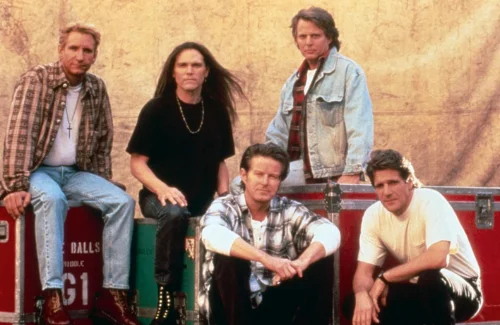
When the Eagles won Record of the Year for “Hotel California” at the 1978 ceremony, it represented the pinnacle of their artistic achievement and commercial dominance. The mysterious, allegorical lyrics combined with Don Felder and Joe Walsh’s unforgettable guitar work had created a song that transcended mere hit status to become a cultural milestone. During their acceptance speech, the notorious tensions within the band were momentarily set aside as they acknowledged the collaborative effort that had produced one of the decade’s defining rock statements.
What made the Grammy recognition particularly satisfying for fans was that “Hotel California” represented a more ambitious artistic direction for a band that had already achieved massive success with their earlier country-rock sound. The album’s examination of the dark underbelly of the American dream, particularly the excesses of the music industry and California lifestyle, resonated deeply during a period of national disillusionment following Watergate. For millions of listeners who had worn out their vinyl copies of the album, the Grammy victory felt like confirmation of what they already knew—this wasn’t just hit music, it was important art that captured the complexities of the American experience in the late ’70s.
12. Aretha Franklin’s Gospel Return (1972)
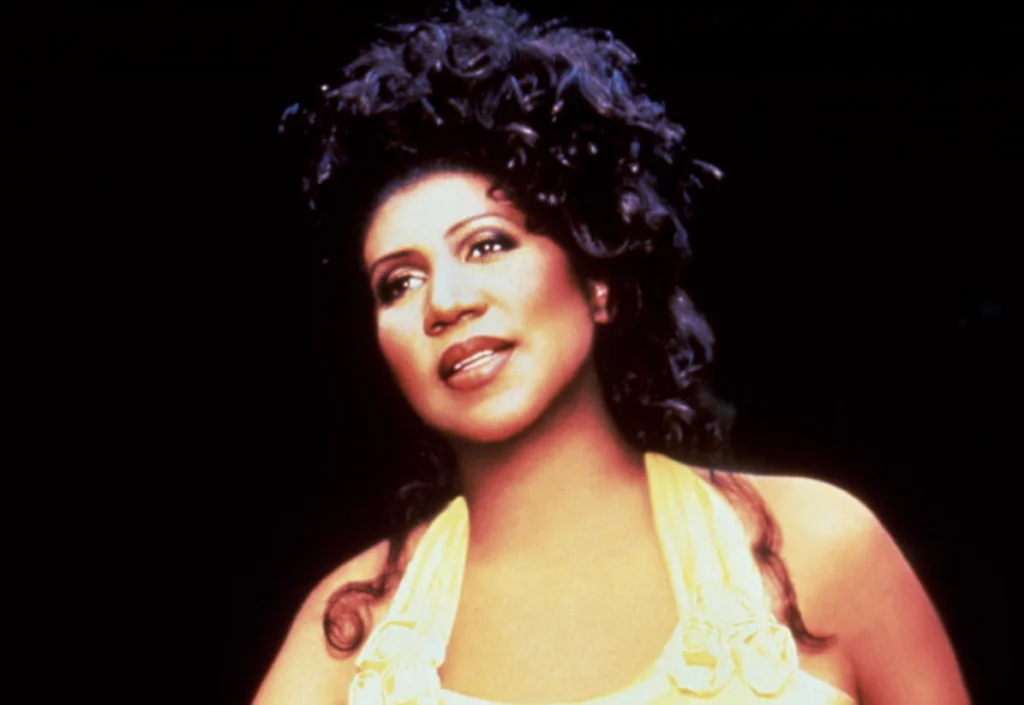
When Aretha Franklin won the Grammy for Best Soul Gospel Performance in 1972 for “Amazing Grace,” it represented a triumphant return to her church roots after dominating the R&B and pop charts throughout the late ’60s. The award recognized not just a song but an entire live album recorded at the New Temple Missionary Baptist Church in Los Angeles, where Franklin delivered performances of such emotional intensity that they moved many audience members to tears. Franklin’s victory demonstrated how the sacred and secular could coexist in an artist’s work, each informing and strengthening the other.
What made this Grammy moment especially powerful was that it honored music that came directly from Franklin’s heart and upbringing as the daughter of prominent minister C.L. Franklin. The “Amazing Grace” album went on to become the best-selling gospel album of all time and the best-selling album of Franklin’s illustrious career. For viewers who had primarily known Franklin through hits like “Respect” and “Chain of Fools,” this Grammy recognition offered a deeper understanding of the spiritual foundation that informed her unparalleled vocal power.
The Grammy moments of the 1970s weren’t just entertainment—they were cultural milestones that marked our lives and reflected the rapidly changing social landscape of America. These twelve moments represent not just music industry achievements but shared experiences that connected us across geographical and generational divides. As we look back on these memories from the ’70s Grammys, we’re reminded of music’s unique power to capture moments in time and preserve them in our hearts, allowing us to revisit not just the songs but the feelings and hopes they once inspired in us.


